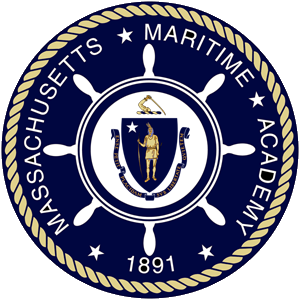Ensures that:
a. The water level in the freshwater expansion tank for main and auxiliary engine is half-full;
b. The level or capacity in the fuel oil settling and day (service) tanks are within minimum and maximum limits and notes any transfers in progress;
c. The level or capacity in main engine lube-oil sump or sump tank, auxiliary engine lube-oil sumps, and lube-oil storage tanks are within minimum and maximum limits and notes any transfers in progress;
d. The water levels or capacities in potable, non-potable fresh, and distilled-water tanks are within minimum and maximum limits and notes any transfers in progress;
e. Refrigeration machinery operating parameters are monitored and recorded;
f. Air conditioning machinery operating parameters are monitored and recorded;
g. Potable and non-potable water systems hydro- pneumatic tank water level are maintained at approximately half-full and the air charge pressures are maintained at recommended levels;
h. Ship service air compressor lube-oil levels and compressed air system operating parameters are monitored, recorded, and maintained within the normal range;
i. Ship service air compressor lube-oil level is within the normal range, recording the ship service system air compressor air discharge temperature and cooling water inlet/outlet temperatures and air flask pressure;
j. The moisture from the ship service system air compressor intercooler, air moisture separating device, and air flasks/receiver are drained;
k. The electricity generating plant voltage, current, power, power factor, and frequency are inspected;
l. Engine lubricating oil conditioning equipment (including purifiers and filtration equipment) operating parameters are monitored and recorded;
m. Waste-oil tank level is monitored and recorded;
n. Sea temperature is recorded;
o. Bilge-water holding tank soundings are recorded;
p. Stern-tube bearing lubrication operating parameters are monitored and recorded;
q. Compressed air is made available on deck in support of vessel operational requirements;
r. He or she has de-watered the engine-room and cargo- hold bilge wells according to level, draft, and heel of the vessel;
s. Wash water is made available on deck in support of vessel operational requirements; and
t. All required entries have been appropriately made in the engine room log book;
